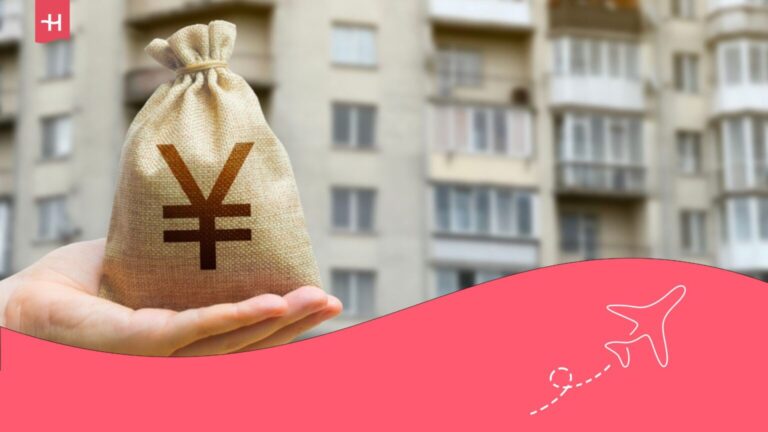Cost of living in Uruguay: Food, transport, and more
Although the cost of living in Uruguay is one of the highest in Latin America, it has significant advantages over its neighboring countries.
The cost of living in Uruguay is among the highest in Latin America. However, the country attracts digital nomads, remote workers, entrepreneurs, and students. The reasons include political and economic stability, a higher minimum wage than neighbouring countries, and many professional and job opportunities.
Although living in Uruguay costs more than Argentina, Bolivia, or Paraguay, its prices compete with Brazil and Chile. Moreover, Uruguay offers further advantages over its neighbours. For instance, it has safe, peaceful cities, including Montevideo, beautiful Atlantic beaches, efficient public and private healthcare, and free education for residents. Digital nomads also enjoy high-speed internet with reliable coverage, even in rural areas. Additionally, Montevideo and Punta del Este provide plenty of coworking and coliving spaces, ideal for saving some dollars on housing.
Therefore, if you’re considering moving to this small South American nation, understanding housing, food, drinks, transport, and other costs will help you calculate your monthly budget.

Cost of living in Uruguay: Accommodation
As in many countries worldwide, accommodation costs in Uruguay hit residents’ budgets the hardest. This impact increases in cities like Montevideo (the capital) and Punta del Este, where many tourists arrive, drawn by beaches, climate, safety, and leisure, cultural, and dining offers. Therefore, if you plan to settle in one of these cities, accommodation costs will be higher. On the other hand, living in Salto, Paysandú, or Mercedes is more affordable.
Here’s a chart with the cost of different accommodations in Montevideo. It gives you an idea of how much money you’ll need to live there. The most expensive neighbourhoods are Pocitos, Punta Carretas, Carrasco, and Ciudad Vieja. Meanwhile, Aguada, Buceo, or Malvín usually offer more affordable prices.
| Type of Housing | Monthly price in 2025 (USD) |
|---|---|
| Studio in city centre | $450-700 (€428-667) |
| 1-bedroom flat in city centre | $600-1,000 (€571-952) |
| 2-bedroom flat in city centre | $800-1,500 (€762-1429) |
| House in residential area (3 bedrooms) | $1,200-2,500 (€1123-1429) |
| Coliving (private room with services) | $500-1,000 (€476-952) |
| Monthly Airbnb studio | $700-1,500 (€667-1,429) |
Accommodation prices in Montevideo, Uruguay
What about other cities in the country? Except for Punta del Este and Colonia del Sacramento (very touristy), prices in other Uruguayan cities are usually lower. For example, in Maldonado, a one-bedroom flat costs $500-1,000 (€476-952). Meanwhile, in Salto and Paysandú, prices drop even more, averaging $400-800 (€381-762).
So, to save some dollars, consider living in areas like Malvín (in Montevideo) or visiting Punta del Este off-season (prices fall during winter). You could also choose coliving spaces, which are shared residences ideal for digital nomads and remote workers. Rent prices usually include all essential services, plus you’ll meet people from everywhere and build personal and professional connections. Another tip: avoid hotels for long stays, since monthly costs can exceed $2,000 (€1,905).
Food and drink costs in Uruguay
Like Argentina, Uruguay is famous for high-quality beef. However, food and drink prices in supermarkets and restaurants are high. The chain Tienda Inglesa dominates the market, offering prices and standards similar to Europe. Devoto and Disco also have a strong presence, with many products available, although usually pricier than wholesalers or local markets.
Here’s a table with approximate food and drink prices in Uruguay for 2025:
| Product | Average price (USD) |
|---|---|
| 1 kg of bread | $2.00-3.50 (€1.91-3.33) |
| Dozen eggs | $3.00-5.00 (€2.86-4.76) |
| 1 kg of beef | $9.00-15.00 (€8.58-14.29) |
| 1 kg of chicken | $5.50-8.50 (€5.24-8.10) |
| 1 litre of milk | $1.50-2.50 (€1.43-2.38) |
| 1 kg rice | $2.00-3.50 (€1.91-3.33) |
| 500 g of pasta | $1.50-2.50 (€1.43-2.38) |
| 1 kg of fresh vegetables | $1.50-4.00 (€1.43-3.81) |
| 1 kg of fresh fruit | $2.50-5.00 (€2.38-4.76) |
| 1.5 litre bottle of water | $1.00-2.50 (€0.95-2.38) |
| Bottle of good-quality Uruguayan wine | $6.00-15.00 (€6572-14.29) |
| 1 litre of local beer | $3.50-6.50 (€3.33-6.19) |
Estimated food and drink prices in Uruguay
You can save money on food and drinks in several ways. For instance, neighbourhood markets and farmers’ fairs sell fresh fruit, vegetables, and meat at lower prices than supermarkets. Also, you could join friends, colleagues, or relatives to buy wholesale (for example, Macromercado or Ta-Ta).
Eating out also costs money, especially in touristy cities during summer. Breakfast in a café costs $4.00-7.50 (€3.81-7.15). Meanwhile, eating in a standard restaurant costs $15.00-30.00 (€14.29-28.59). On the other hand, fine dining is expensive, with meals ranging between $40.00-80.00 (€38.11-76.23).
Cost of living in Uruguay: Transport prices
Public transport in Uruguay works efficiently, but outside Montevideo it’s limited. In the capital, services cost more. In smaller cities, prices are cheaper, although options are fewer.
Therefore, cars remain one of the most popular ways to travel around the country. However, fuel and insurance prices are high. For example, fuel costs twice as much as in Argentina. Still, Uruguay has lower inflation and avoids constant price increases seen in its neighbour.
| Service | Price | Details |
|---|---|---|
| Bus ticket (Montevideo) | $1.50 (€1.43) | Single ride on urban transport. |
| Taxi (5 km) | $10.00-15.00 (€9.53-14.29) | Starting fare: $3.50 (€3.25). |
| Uber (per km) | $0.80-1.50 (€0.76-1.43) | In Montevideo. Prices increase during rush hours. |
| 1 litre of petrol | $1.80-2.20 (€1.72-2.10) | Average price of premium petrol. |
| Monthly bike rental | $40-60 (€38.11-57.17) | Services like Montevideo Bike. |
| Car insurance | $200-300/year (€190-285/year) | Basic vehicle coverage. |
| Toyota Corolla Cross (new) | $28,000-32,000 (€26679-30,591) | Popular model in Uruguay’s market. |
Transport, car insurance, and vehicle costs in Uruguay
Some tips to save money on transport in Uruguay:
- Use the STM card for bus trips, as it gives 10% discounts with every recharge.
- If you plan to rent a car, compare prices using platforms like Alamo or Localiza.
- Choose bicycles whenever possible, a cheaper and eco-friendly alternative.
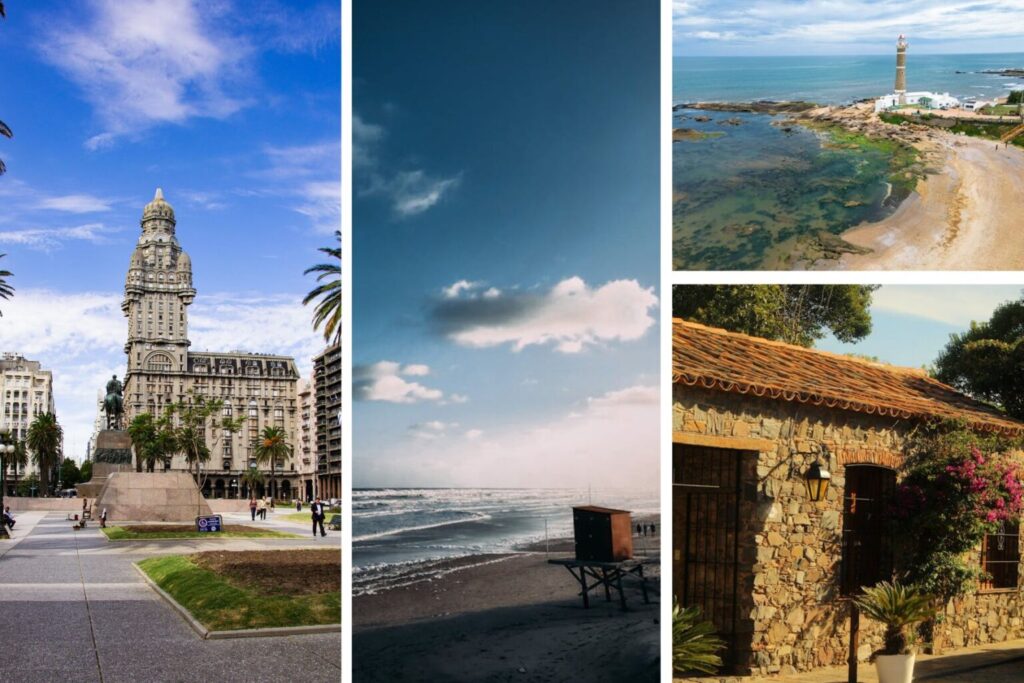
Healthcare costs in Uruguay
Uruguay has a mixed healthcare system: public and private providers operate under the National Integrated Health System (SNIS). This model ensures universal access to quality care, promoting equity and efficiency. Although it works well, costs can be high. Therefore, having health insurance in Uruguay is essential, especially for foreigners. Keep in mind that public healthcare only covers Uruguayans and legal residents.
Here’s a reference table with healthcare service costs in the country:
| Medical Service | Approximate cost |
|---|---|
| General medical consultation | $50-100 (€47.64-95.29) |
| Consultation with a specialist | $70-150 (€66.70-142.93) |
| One day in private hospital | $500-1,000 (€476.43-952.86) |
| X-ray | $40-80 (€38.11-76.23) |
| Emergency visit without admission | $100-200 (€95.29-190.57) |
| Minor outpatient surgery | $1,000-2,000 (€952.86-1905) |
| Private health insurance | $70-150 (€66.70-142.93) |
Healthcare service prices in Uruguay
If you plan to live in Uruguay for some months, health insurance is an investment you must make. It won’t only give you peace of mind in case of illness or emergencies, but it may also be a legal requirement. Some visas or study programmes demand proof of health insurance before entering the country. This ensures you don’t rely on the public system immediately and reduces pressure on state services. Whether local or international, insurance helps you stay safe and enjoy your time in Uruguay.
Cost of living in Uruguay: Internet and mobile phone plans
At the beginning, we mentioned Uruguay as very attractive for remote workers. The country offers one of the fastest and most stable internet connections in Latin America, with Antel dominating the market. It provides plans including internet, TV, and phone services, allowing savings of up to 20%. Coverage in rural areas is also good, useful if you plan to travel across the country.
For example, an unlimited data plan costs $30-45/month (€28.58-42.87).
To enjoy stable internet on all your devices, we recommend choosing one of the Holafly monthly plans. If you need plenty of data every month for work, downloads, GPS, video calls, or streaming, an unlimited data plan works perfectly.
With this type of subscription, you’ll share internet across all devices simultaneously and access data in over 160 countries. That means once you leave Uruguay, you won’t need a new eSIM for the next country. However, if you plan to settle long-term in a city or town, the eSIM for Uruguay will also be very useful.
Important: If you are a frequent traveler and want to stay connected without worrying about expensive roaming or looking for a new SIM at every destination, Holafly’s subscription plans are for you. With a single eSIM, enjoy internet in more than 170 countries for a fixed price and no surprises on your bill. Travel without limits and connect easily and securely! 🚀🌍

Leisure activity costs
Despite its size, Uruguay offers many natural, historical, and cultural attractions worth discovering. From stunning Atlantic beaches to colonial gems like Colonia del Sacramento and a diverse range of museums in Montevideo. Prices aren’t very cheap, though. For instance, cinema tickets cost $12-15 (€11.43-14.29). Therefore, to save on entertainment, consider some strategies:
- Visit free museums, such as the National Museum of Visual Arts, which charge no entrance fee.
- In Rocha, you’ll find public beaches, less crowded than Punta del Este. Food, drinks, and rentals are cheaper there.
- Buy tickets in advance through platforms like RedUruguay to reduce costs.
So, the cost of living in Uruguay is high, averaging $1,800-2,500/month (€1,714-2,381) per person. However, the country balances this with excellent quality of life, political and economic stability, and plenty of outdoor activities.









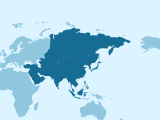




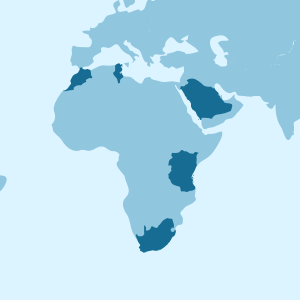



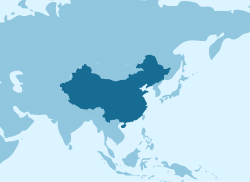



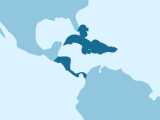
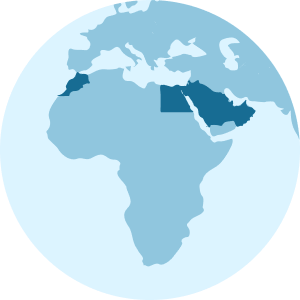
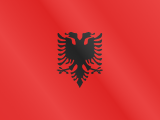

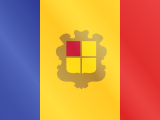
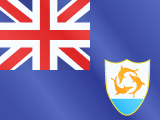

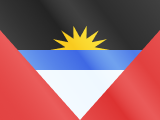

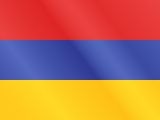
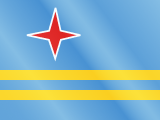


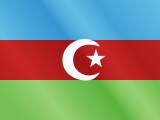


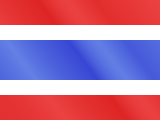







 Pay
Pay  Language
Language  Currency
Currency 


















 No results found
No results found







